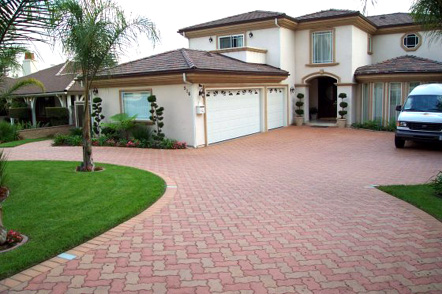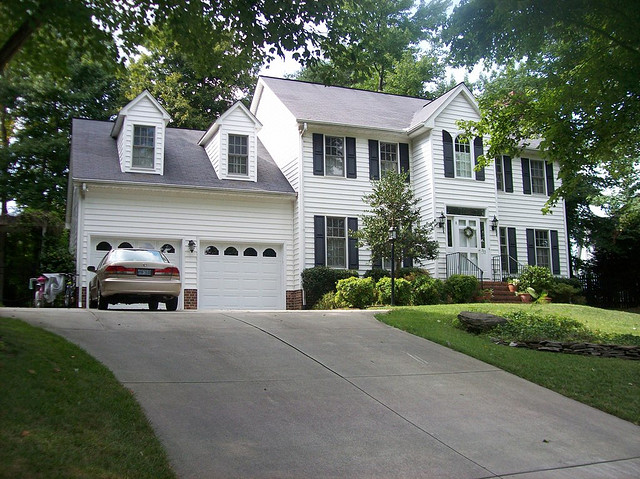How To Efficiently Maintain Your Concrete Driveway

The condition of your driveway makes a great impact on the look of your home. Concrete roadways are relatively inexpensive. The versatile surface can be dyed to match your landscape and exterior of the house or can be poured into patterns or textures for high-end look. One way to maintain the appearance of your driveway and take care of small repairs before they become big problems is to keep your concrete driveway in order every once in a while. Regular maintenance helps with fine cracks and crevices before the water has a chance to damage the concrete additionally.

Seal the concrete road as soon as possible after installation. This will prevent concrete cracking during the overly cold or hot time of the year. Most sealants are applied by spraying or with a roller and should be reapplied every five years, or as indicated on the package.
Pull weeds and grass as soon as they appear. Weeds and grass can grow in the cracks of the concrete. When this happens, the vegetation spreads rapidly and leads to expansion of the cracks.
Fix the small cracks as soon as they happen. Repair cracks in your concrete driveway with concrete repair kit usually available at hardware stores. Tend to even fine cracks, which will prevents water from penetrating into the crack, causing extensive damage.
Inspect and repair expansion joints as needed. Expansion joints are the spaces between two concrete slabs. The filler board should have a label on top. Clean out and install a new filler and sealer if the old shows damage. Much like cracks, expansion joints that are unsealed lead to further damage.
Loosen the weak pieces of concrete from around the holes or areas of disintegration before patching them. Rub vigorously on each area with a stiff brush. Rinse the resulting rubble concrete away and let it dry overnight.
Until recently, the predominant type of material used for driveways has been the reinforced concrete. This type of solution was constituted by slabs of greater overall length exceeding 10 meters. Over time, it began to be noted that these types of driveways were very likely to develop faults in the area of ??joints. Therefore, reinforced concrete began to fall into disuse, replaced by smaller paving slabs (3 to 5 meters long), thus allowing more control over cracking and no requirement for distributed armor. This evolution towards plain concrete driveways with less separation joints brought an improvement in the overall performance of the driveway, with its lower construction cost and greater constructive simplicity.

Sweep and wash your driveway often. Remove dirt and debris from the road surface with a pressure washing trailer. This helps to remove stains before they have an opportunity to establish in the ‘pores’ of the concrete.
If you have a textured or patterned driveway it is advisable to read the instructions on cleaning agents properly and seek advice on the type of chemicals to be used for cleaning these types of driveways. Not all materials are cleaned in the same way and some chemicals can generate harmful effects on these specific surfaces.
While many owners choose to live with cracks and other damage to their roads or concrete sidewalks, driveways are a different story. If your driveway is starting to split or crumble, the damage could easily spread to the entire surface until all that remains is rubble. Before incurring the expense of pouring a whole new driveway, make repairs as soon as possible and keep your existing one looking almost as good as new.
